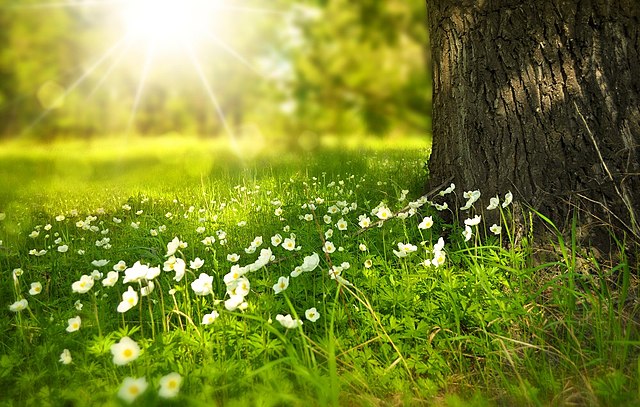
Spring Celebrations Across The World
Spring has just sprung in the Northern Hemisphere. The Spring months are usually said to be March, April and May, and so by this definition the season starts according to the meteorological calendar on 1 March, ending on 31 May. However, spring is generally defined in the Northern Hemisphere by the astronomical calendar, extending from the Vernal Equinox (day and night equal in length), March 20 or 21, to the Summer Solstice (the longest day), June 21 or 22.
The first official day of astronomical spring this year is Monday, March 20. This date marks the spring equinox in the Northern Hemisphere. Spring in the Southern Hemisphere is from September 22 or 23 to December 22 or 23. In this piece I take a look at 6 interesting springtime festivals and celebrations of the season from across the globe.
Cooper’s Hill Cheese-Rolling and Wake – Gloucester, England
Definitely one not to be missed by cheese lovers. Held on the British Spring Bank Holiday at Cooper’s Hill, near Gloucester in England, it is believed to have been a tradition going back around 600 years. Participants race down the 200-yard (180 m) long hill after a round of 3-kg Double Gloucester cheese is sent rolling down it. The cheese can roll at speeds of up to 70 mph! The first runner to the bottom wins and the cheese is the prize.
Songkran Water Festival – Thailand
The three-day festival between 13-15 April where there’s water everywhere! Songkran festival is Thailand’s most famous festival. This water festival marks the beginning of the traditional Thai New Year and heralds the start of the Buddhist New Year. Traditions include throwing water at one another, pouring water onto the hands of the elderly as a gesture of humility, joining others in giving alms to Buddhist monks in the early morning, and bathing Buddha statues at the temple or at home.
Nowruz – Iran
Nowruz means ‘New day’ in Persian. It is the Iranian New Year and has been celebrated there and by those with Iranian ancestry outside Iran for more than 3,000 years. Nowruz is recognised as the first day of spring and is celebrated on the day of the astronomical vernal equinox, which usually occurs on 21 March. It is a rite dating back to at least the 6th century BCE, marking the new year and welcoming spring. Lots of people begin their preparations for Nowruz weeks in advance. In the run up, people fill vessels in their home with water, which is associated with health, and also perform ritual dances.
Spring Equinox in Teotihuacán – Mexico
This celebration takes place around the 20th and 21st of March (20 March in 2023) at the pre-Hispanic site of Teotihuacán in Mexico. During this period, Mexicans recite prayers, dance and raise their arms as the sun rises to embrace the spiritual energy which is believed to be stronger at this time of year.
Holi – Northern India
Holi is an ancient Hindu festival celebrated through North India. It falls on March 8 this year and celebrates the eternal and divine love of Radha Krishna (collectively known within Hinduism as the combined forms of feminine and the masculine realities of God). It is famous for its bright colours and is a celebration of spring, new beginnings and love. Streets are vibrant in red, green and yellow as people throw coloured powder around.
Floriade – Australia
Floriade comes from the Latin word floriat, which means to design with flowers. This is Australia’s biggest celebration of spring, being held from 16 September – 15 October in 2023. It is an annual a flower and entertainment festival held in Canberra’s Commonwealth Park on the shores of Lake Burley Griffin. The event gives expression to public art by featuring inspirational extensive displays of flowering bulbs with sculptures and other artistic features.